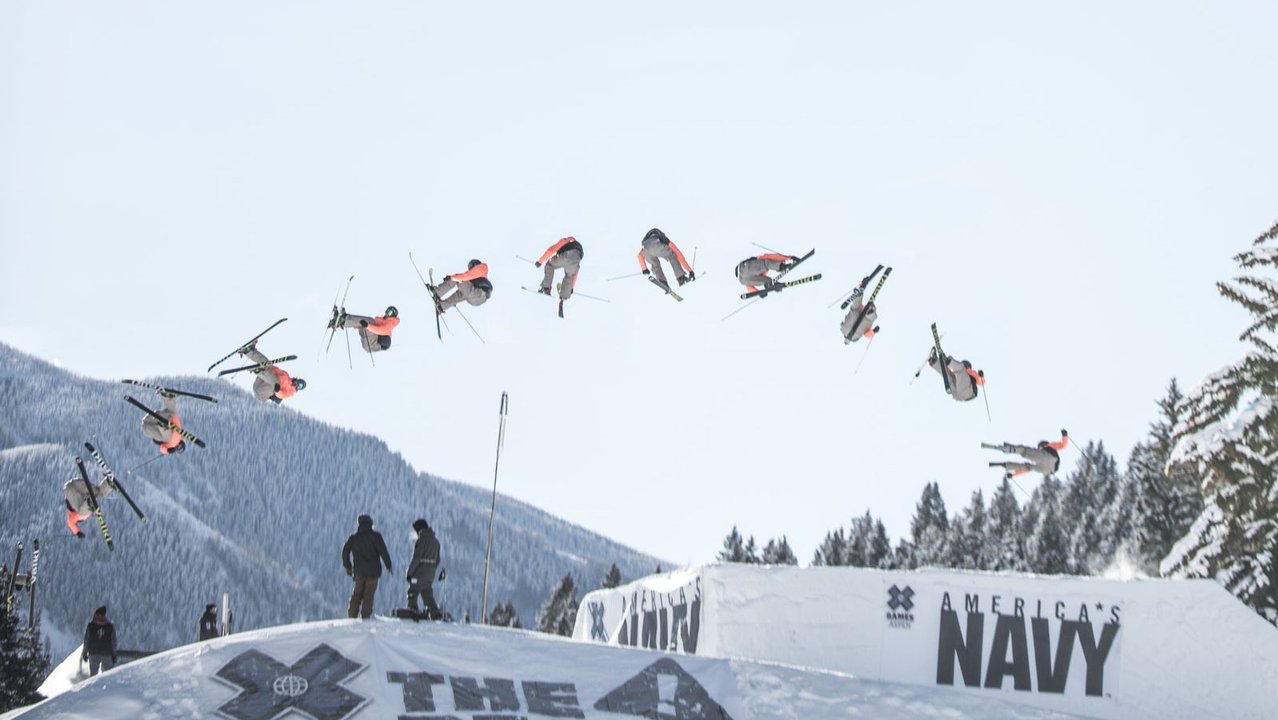Cover photo by Rachel Bock
Credit: Wall Street Journal
The deal to get slopestyle skiing into the 2014 Sochi Winter Olympics (and beyond) was done via unconventional methods: US collusion with the Russians. According to Luke Bodensteiner, the US Ski & Snowboard executive VP for athletics, "As we were pushing slopestyle, which the Russians were ambivalent about, they said, "We'll take slopestyle but you have to give us parallel slalom snowboarding." An usual request but one that the US was willing to make and, in the end, gave Russia a gold as the American men and women took home 4 medals in slopestyle.
The WSJ says that the "coup was part of a larger American effort to add to the Winter Olympics more of the X Games-type events that the U.S. invented or popularized." At the Nagano games in 1998, only 24 medals in skiing and snowboarding existed. At Pyeongchang, there are 60 total medals in these disciplines. During the 2014 Sochi games, the US ski and snowboard team really showed up taking 12 of the 28 medals that put the US on top of the global leaderboard.
According to Olympedia.org, the number of "extreme sports events in the Winter Olympics has increased to 20 this year from just 4 in 1994." The addition of slopestyle skiing at the 2014 games was lobbied for back in 2010. The IOC added 8 total freestyle skiing and snowboard events.
The IOC's long term goal with adding events like freeskiing was to draw "an additional attraction from the youth. Adding big air for Pyeongchang has continued that innovation," Kit McConnell, IOC sports director stated. Unfortunately for skiing as a whole, we got the snub for big air. Perhaps it will be added in 2022 if it goes well this year.
On the global stage of the Olympics, freestyle skiing and snowboarding have proved the doubters wrong as time goes on. WSJ mentioned that "Twenty years ago, when snowboarders first descended on the Winter Olympics in Nagano, it was as if they had landed from another planet. They stayed in their own hotel in the mountains of Japan, sequestered from the venerable Olympians, such as alpine skiers and figure skaters." Quite different from where they stand today in the eyes of Olympic fans and athletes.
The US push for the inclusion of ski slopestyle and halfpipe was not down to of a love for tweaked safety grabs however. At the time the US were a near dominant force in both sports. Back in 2014 the US qualification events looked like they were more or less auditions for the Sochi podium, especially in men's slope. So it proved, with the US taking 3 of 4 golds and a total of 6 medals.
In other words, while for 2014 American dominance led to the inclusion of slopestyle and halfpipe in the first place, 2018 looks a bit different.At X Games this year, not a single American was competing in Big Air. In slopestyle US athletes struggled to achieve the required podiums for automatic qualification. Indeed, most of the favorites this year are of Swiss or Scandinavian descent. Henrik Harlaut, Oystein Braten and Andri Ragettli are the most often mentioned names when the community has been asked about who they think will top the podium this year. The Olympics have a funny habit of throwing up shock results across the board but we wouldn't be betting on another podium lockout, put it that way.


Comments